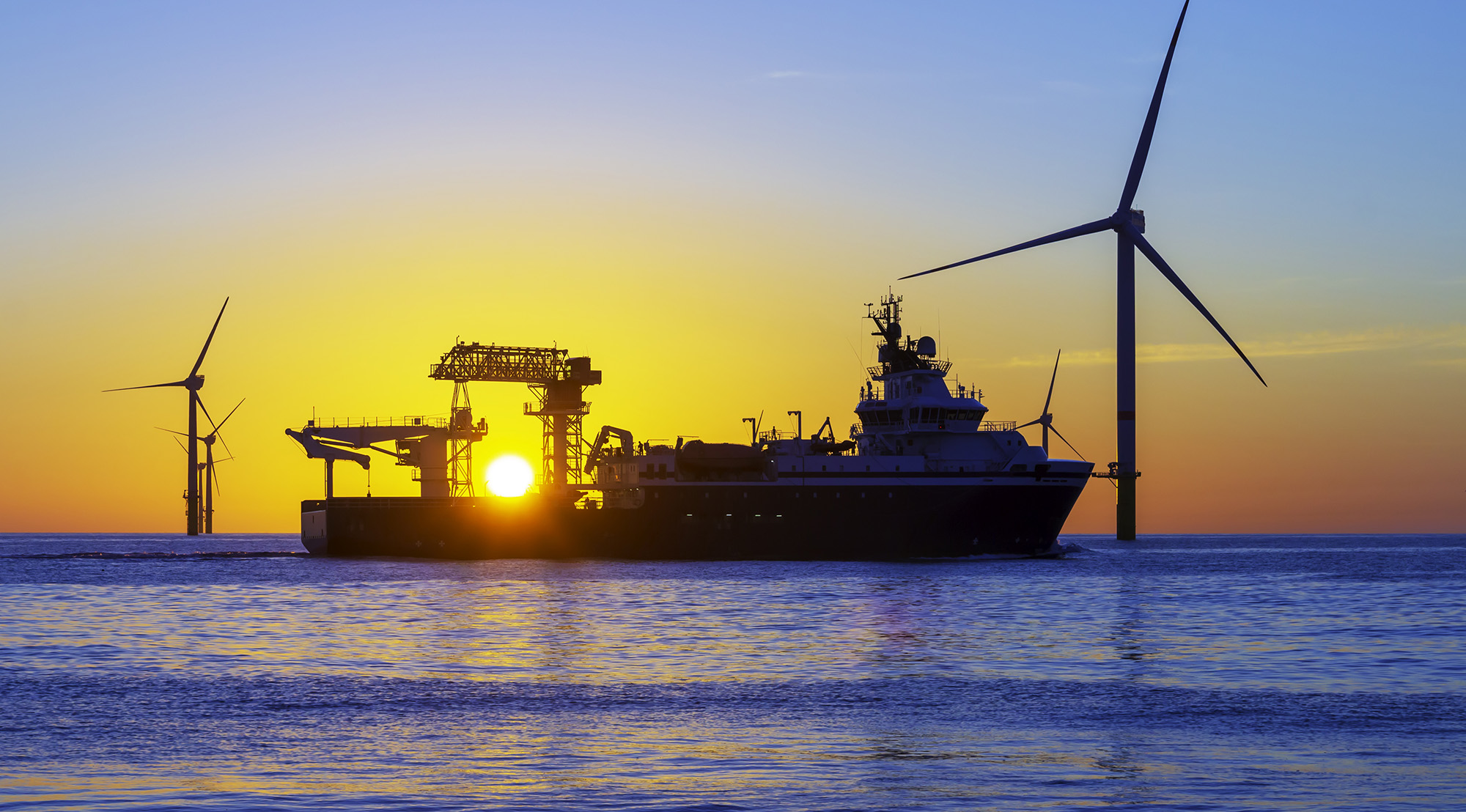Maélig Gaborieau
,
Senior Offshore Wind Analyst
Author
, Published on
September 19, 2025
No items found.

Is gradual offshore wind turbine size growth about to take a significant leap? As 14 -15 MW turbines become more established there are some indications that the market could jump ahead to 21 MW units in the drive to lower LCOE. But is this realistic? Spinergie’s senior wind analyst Maëlig Gaborieau explores potential scenarios in this insight.
.webp)
The offshore wind industry’s imperative to maximize output per installed foundation and lower the Levelized Cost of Energy (LCOE), is a major driver behind the steady increase in turbine sizes.
So far, the pace of growth has been gradual—around 0.4 MW per year since 2010. Turbines of 11 MW dominated until 2024 but now 14-15 MW units are entering commercial use. There are indications that the growth trajectory is on the verge of a substantial shift.

In early 2025, Siemens Gamesa significantly outpaces current market offerings with a 21.5 MW turbine prototype installed onshore—hinting at a potential acceleration of turbine scaling. Meanwhile, recently GE Vernova has received approval to deploy a prototype offshore wind turbine of up to 18 MW, positioning it among the most powerful ever to be designed by a Western OEM. Market moves such as these could open the door to a new generation of machines well ahead of schedule and present two diverging scenarios.
The conservative path sees turbine sizes increasing incrementally with 14-17 MW turbines dominating into the early 2030s. This scenario would see developers remaining cautious and prioritizing proven designs and established supply chain compatibility.
The leap forward is a more ambitious scenario in which Siemens Gamesa succeeds in commercializing its 21 MW platform by the early 2030s. If early adopters were to validate the performance and reliability of these larger machines then other developers could follow. Furthermore, Asian manufacturers continue to innovate with frequent news of larger turbines hitting the headlines. This could see western players make bolder moves in order to keep pace.
Should the leap forward scenario come into play, the market would effectively skip a generation of turbine evolution.
If the market does end up following the ‘Leap Forward’ scenario, there will be some significant challenges ahead. Installing 21 MW turbines requires more than just new nacelles and blades, it demands rethinking interfaces like transition piece (TP) connections, bolting technologies, and other tower-top elements that may no longer be fit-for-purpose at this scale. Moreover, there are few of today's installation vessels that can handle the size and weight of these turbines, potentially creating bottlenecks unless new assets or vessel upgrades enter the market.
The key unknown is which developers will be willing to be first. Larger turbines offer clear benefits: economic advantages, fewer foundations, less cable, and lower O&M costs per MW, but early adopters bear the risk of delays, integration issues, or component failures. If a pioneer successfully deploys the 20+ MW model at scale, it could catalyze a new standard across the industry.
In the coming years, turbine strategy may become a major differentiator for developers, splitting those who opt for incremental, lower-risk projects from those willing to take a bolder route in pursuit of long-term gains.
The introduction of turbines above 20 MW in the early 2030s will further accelerate the trend toward heavier foundations. These next-generation turbines, with significantly larger rotor diameters and loads, are expected to push foundation weights beyond 3,000 tons, marking a sharp increase from the 1,000–1,500 ton range seen today.
This evolution will amplify existing challenges across the supply chain. Steel demand will rise, requiring manufacturers to scale up production capacity and adapt facilities. Ports will need more space for storage and heavier load-handling capabilities, creating potential logistical bottlenecks. On the installation side, heavier structures will demand either upgraded crane vessels or more complex marine spreads, reinforcing the need for innovation in vessel design and lifting technology.

The scenario path chosen by the market will determine how fast offshore wind will scale. Whether developers follow a conservative, incremental path or pursue the leap ahead to 21 MW turbines, the implications for components and supply chains will be significant. While larger machines bring clear economic benefits, they also magnify technical and logistical hurdles that the industry would have to solve together.
At Spinergie we feel the ‘leap forward’ scenario is the most likely because of support from various players. Developers are pushing to lower their LCOE while some vessel managers are pushing as they have the capacity to install these giant turbines. With Asian manufacturers strong on the innovation front, and who could take an increased market share in Europe, western OEMs face a significant challenge in the years to come.

Tracking the shifting dynamics of the walk-to-work gangway market as emerging players increase their market share.